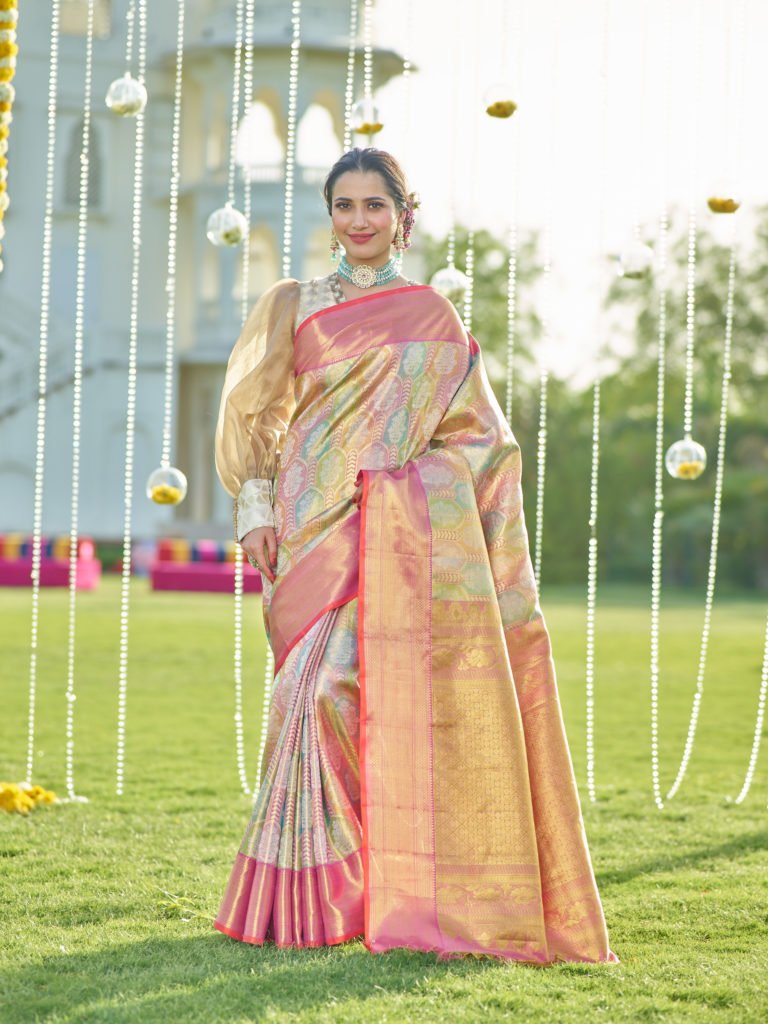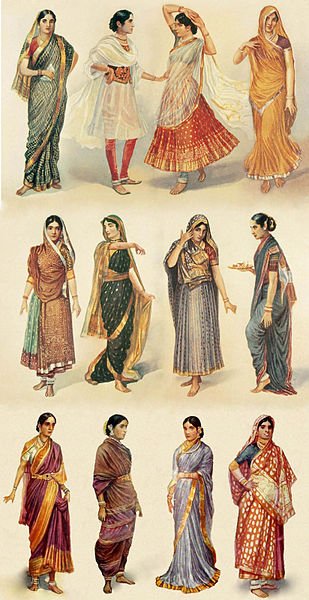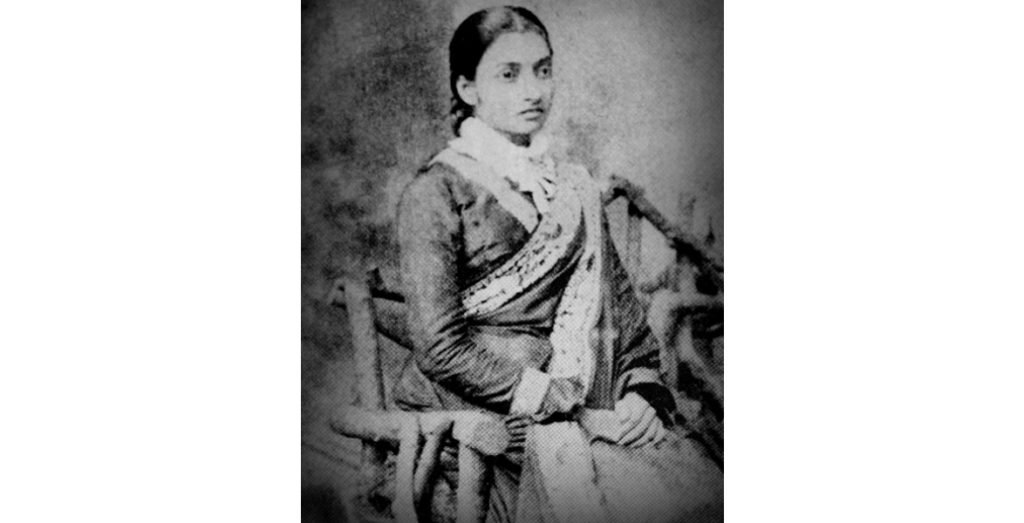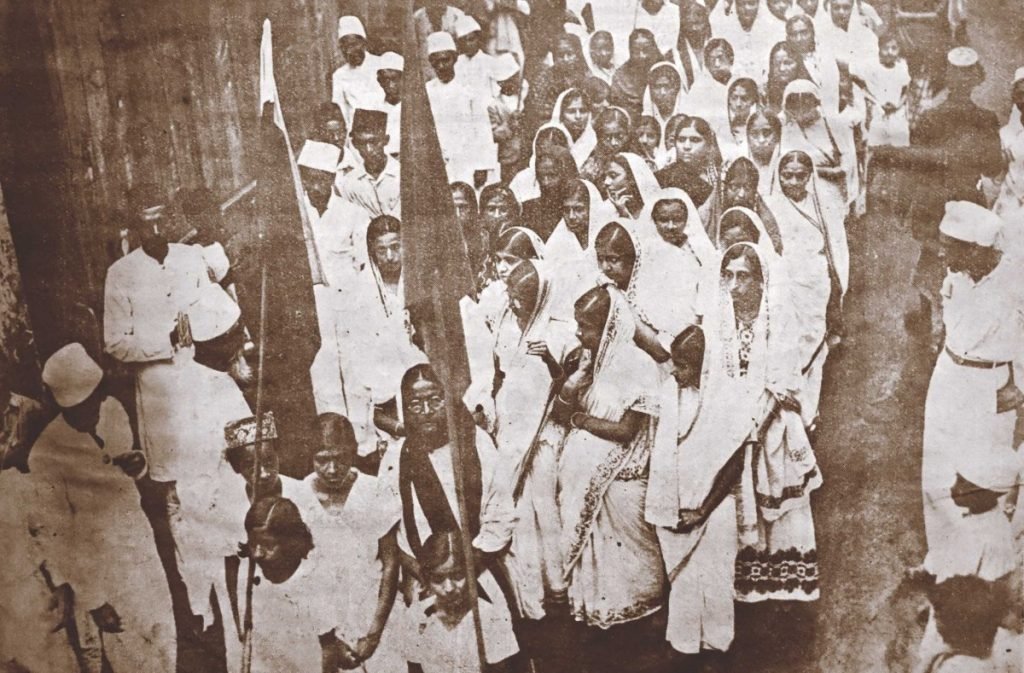The saree that occupies our wardrobes and cultural consciousness today is the product of several pivotal periods in our history.
The story of the saree is the story of India. Its shape, drape, and weaving techniques have gently shifted with social and political tides, and yet it has retained its identity over millennia. The saree is far more than a garment, and these stories show us why.
1.A garment as old as history :
Historians trace the saree’s origins to the Indus Valley Civilization (3300-1300 BCE), though the word ‘sari’ has its roots in the Sanskrit word ‘satika’ (or ‘sadi’ in Pali), which means an unstitched swathe of cloth.
The Greek descendants of Alexander the Great and his generals, who settled in the kingdom of the Mauryas, probably influenced the garment as well. Their flowy chiton (a tunic pinned at the shoulders) isn’t too far removed from the many draping styles that have permeated India since the second century CE.
Each culture that flowed into India through trade and conquest left a subtle imprint not just on how the saree is worn but also woven. Persian zardozi embroidery, Mughal motifs, and the opulent Banarasi brocade…each add a page to India’s voluminous tale.

2.The British and the saree blouse :
The blouse has become an indispensable part of the saree, but if you were walking down an Indian street a few hundred years ago, you probably wouldn’t see anybody wearing one.
At most, women might have wrapped a stanapatta across their chests. Traditionally, the saree was snugly draped around the waist and across the chest, eschewing any need for a blouse. Similarly, a petticoat was unheard of. Travel deep into India’s rural heartland, and you can still see the saree being worn in this way.
As British influence spread across the subcontinent, so did their conservative Victorian sensibility. The blouse-less saree was frowned upon; as the British Raj became a force in Indian politics, the saree came to be worn with a blouse and petticoat.

3.The single saree drape that replaced hundreds :
While Rabindranath Tagore’s words still echo in our minds, it’s his sister-in-law’s style that influences our own. Jnanadanandini Tagore was a pioneer in women’s empowerment; she’s also credited with creating the drape that is now overwhelmingly favored across the country – the Nivi drape.
India was home to diverse draping styles at the time, each varying according to region and lifestyle. The Nauvari style from Maharashtra, the Madisaru of the Iyers and Iyengars of Tamil Nadu, the Goan Kunbi drape, the Bastar drape from Chhattisgarh, and the Kuncha drape of Orissa were just a few of the 80 draping styles recorded in India in the early 1900s.
Jnanadanandini Tagore adapted the Parsi Gara and the Gujarati draping style, added the blouse and petticoat and created a silhouette that was both contemporary and distinctly Indian. The style caught on, no doubt aided by Tagore advertising the style in newspapers and offering to teach it to those who were interested.


4.Saree, the garment of goddesses :
The women in Raja Ravi Varma’s paintings are often similarly styled; their sarees are loosely pleated at the front and almost effortlessly thrown over the shoulder, shaping and concealing as only the saree can. Varma believed the saree was the embodiment of femininity and styled most of his subjects in the Nivi drape, goddesses included.

Varma had the foresight to open a lithographic printing press, from where his paintings of gods and goddesses were reproduced and distributed across India. His depiction of India as a woman wearing a red saree further cemented an ideal of Indian womanhood and how the saree was perceived.
Interestingly, we recreated one of Varma’s most famous paintings – Hamsa Damayanti – on the pallu of a handwoven Kanchipuram silk saree. The innovation won us the National Award for Excellence in Weaving in 1999.
5.The saree as a symbol of revolution :
As India’s Independence movement gained fervor, the saree became an icon of our identity and pride.
Mahatma Gandhi’s Swadeshi movement made handspun khadi popular across the country; his spinning wheel came to stand for India’s self-reliance and distinct, continuous culture. Women would spin khadi sarees at home, which would be worn at rallies and gatherings as a reminder of the political and social transformation that was underway.

Thousands of years have defined the saree we know today. It is both ancient and modern, much-changed and yet, essentially the same. But then, which other garment can be as supple
and transformative as a saree?


Very informative and well written…
Thanks for your feedback.